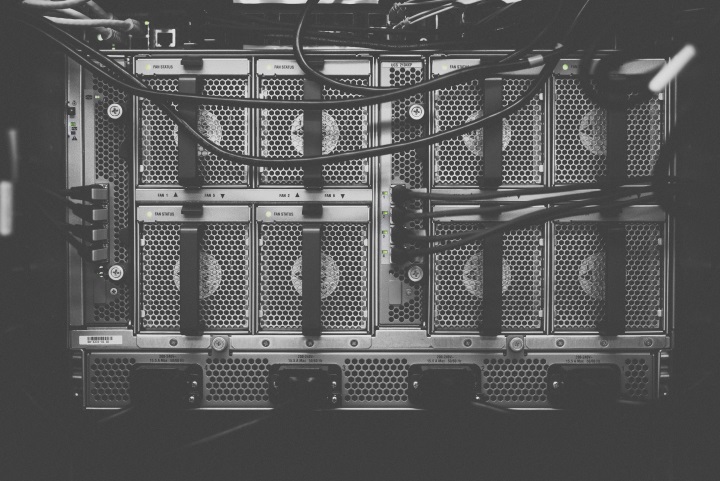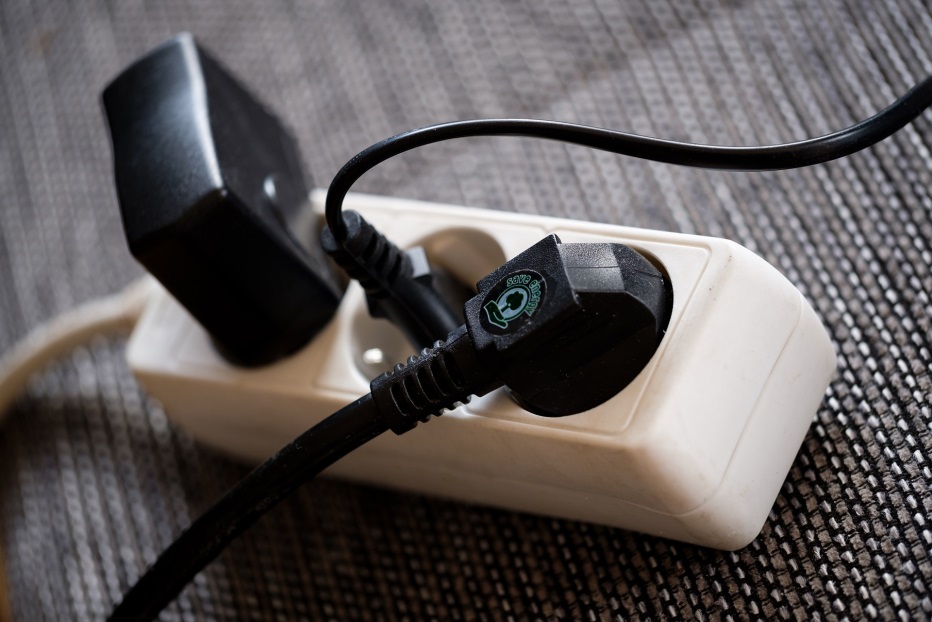Still using power strips for your business. Most computer users know that a power surge, blackout or sudden loss of electricity can damage your computer and cause data loss. As a business using power strips, you are playing with inevitable data corruption and loss of data.
Our managed IT services team works with clients helping them identify potential risks to their equipment and data. Our clients are often amazed at the risks of using power strips in the workplace. Read on to understand the limitation of power strips and the benefits of upgrading to uninterrupted power supply.
The limitations of surge protectors
A surge protector (commonly called a power strip), serves two essential functions: the first is to protect your electronics components from power surges and voltage fluctuations.

Power strips are popular because they let you connect multiple devices to a single wall outlet. However, their utility is strictly limited to simple devices. Our IT infrastructure services team points out several limitations to using power strips:
- Can only protect against a limited number of surges, and does not indicate when this protection is lost
- Consumer grade hardware designed for consumer use
- Increased risk of fire due to increased electrical load
- Not designed to be used for extended periods of time with high energy consuming devices
Power strips offer little benefit to an organization as they do not provide electrical backup. Once the lights go out, your systems are going to shut down too. Power strips also create a fire risk, as multiple devices draw current from the same wall outlet.
If you are using computers for work, are reliant on networking equipment, and operate servers for your employees and customers, uninterrupted power supplies are an absolute must. In the event of a power outage, a UPS will let your business operate without being interrupted for a short period of time. It is usually enough to last till power returns, or your systems can be safely shut down. In addition, a UPS can repeatedly protect against power surges, as they rely on switches rather than fuses to protect your equipment.
What is an uninterrupted power supply (UPS)?
A UPS is a combined battery backup and surge protector for your systems. When the power goes out in your building or in your city, your UPS will give you the time to save your data, operate critical customer interfaces and keep websites running.
A UPS is comprised of a battery and small power management system which ensures devices plugged into it don’t lose power. One of its primary aims is to keep the pause between grid electricity being lost and the battery taking over to a minimum. When power is restored, the surge protector functionality of the UPS will prevent your machines from being damaged.
What to look for when upgrading to a UPS
Different UPS systems will come with different battery capacities, load ratings and feature sets. A simple UPS rated at 1000VA or so will allow a moderately powerful computer to run for 15 or so minutes – till data can be saved and the system can be shut down.
A UPS for servers will have much larger batteries. These will have many plug points to connect multiple pieces of server equipment to the battery. However, their purpose will remain the same – enough time to securely turn off the machine.
If you need your website, transaction platforms or specific server and networking capabilities always-on, consider fixed UPS systems. These use much larger batteries and can provide backup for hours.
Contact IT infrastructure services
At EMKAL, we help business transition from consumer-grade equipment and setups to professional infrastructure. We build redundancy into your systems, to protect productivity and ensure compliance with contracts and client expectations. Our team works with you to determine affordable and need-based IT infrastructure solutions. Contact us today to schedule a complimentary consultation


